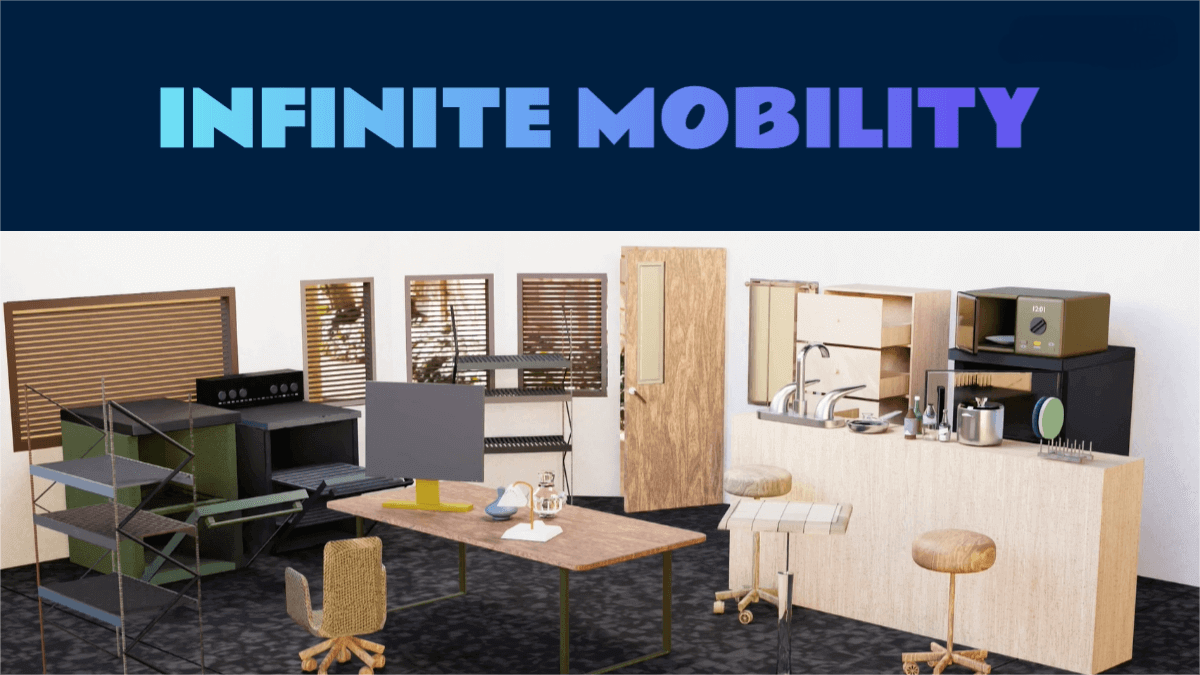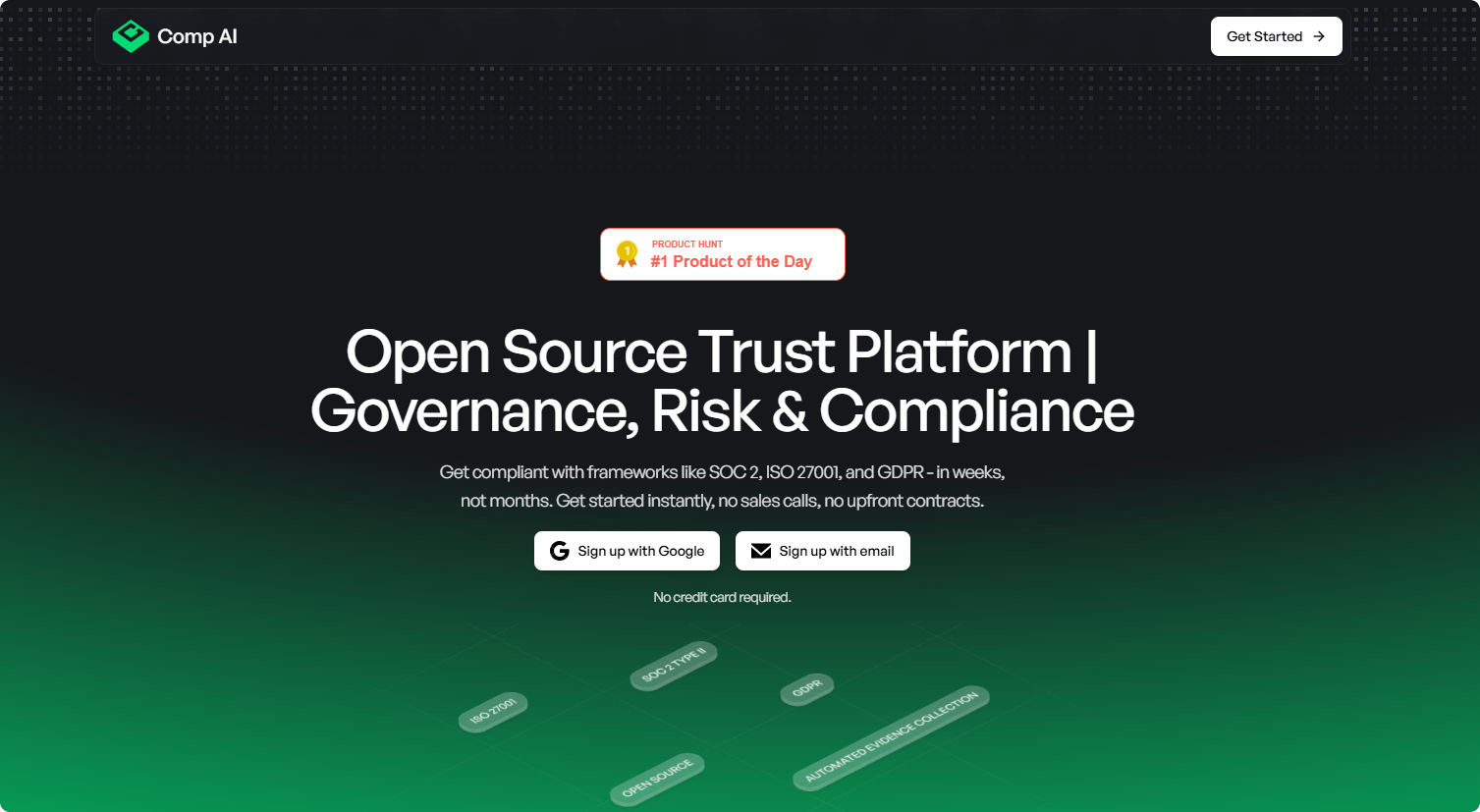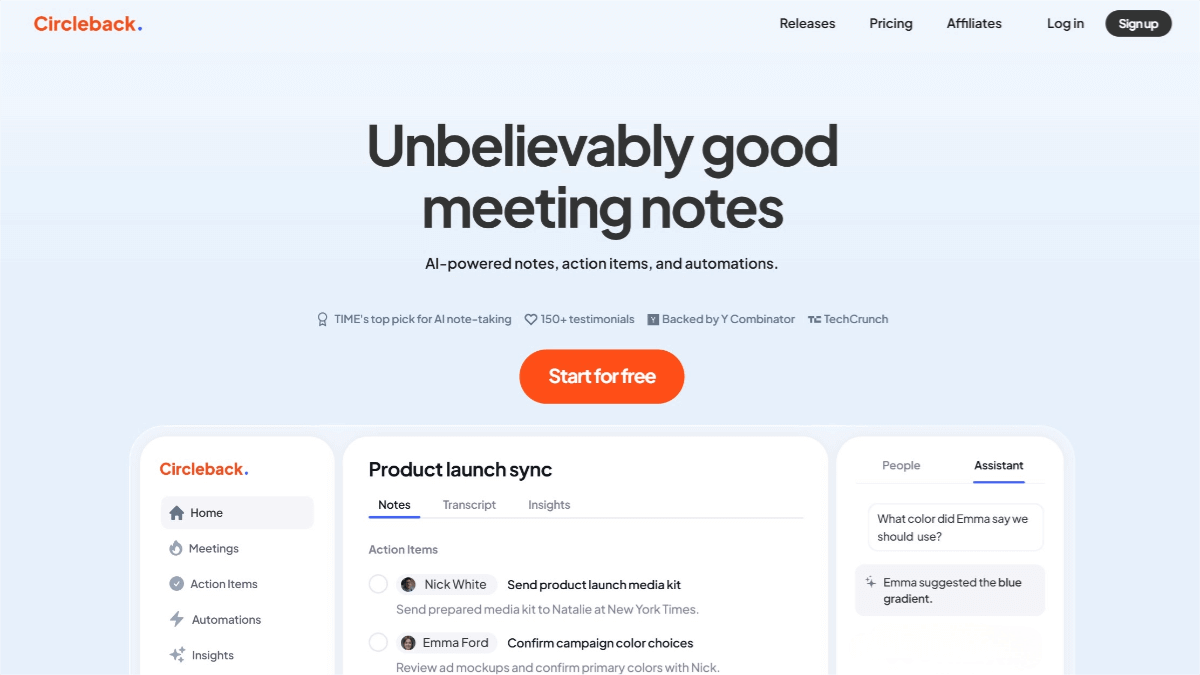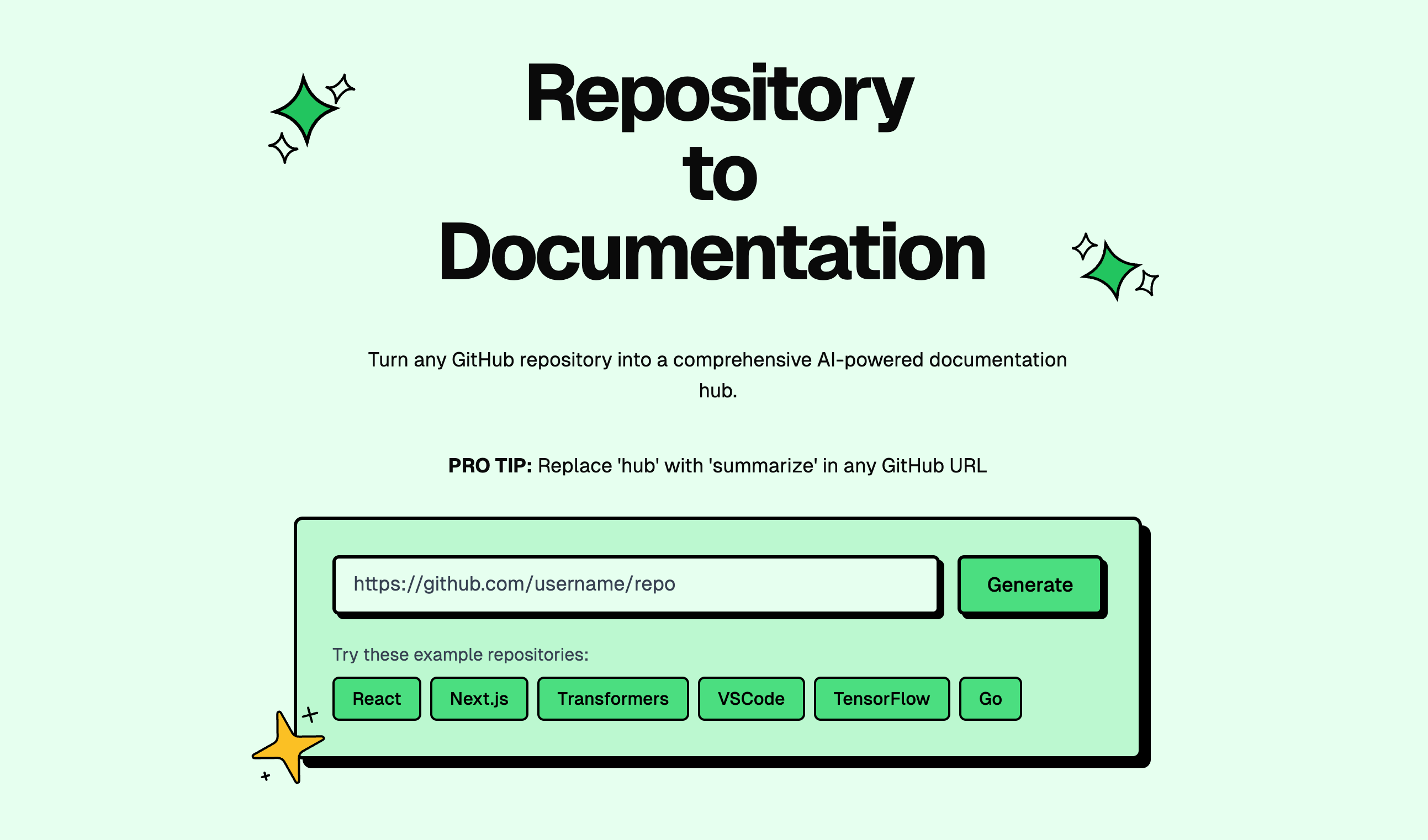Infinite Mobility: An Interactive Object Generation Framework Developed by Shanghai AI Lab
What is Infinite Mobility?
Infinite Mobility is an interactive object generation model developed by Shanghai AI Lab. It leverages procedural generation techniques to efficiently produce high-quality, interactive object assets. The model supports the generation of 22 common categories of interactive objects, with each object generated in approximately 1 second, and no limit on the number of objects that can be produced.
Compared to traditional datasets like PartNet-Mobility, Infinite Mobility generates objects with higher structural complexity, better visual quality, and lower production costs. The generated assets have already been applied in simulation platforms such as TaoYuan 2.0 and Isaac Sim, enabling large-scale virtual training for robots and improving their performance in real-world scenarios.

Key Features of Infinite Mobility
-
Efficient Interactive Object Generation
Supports rapid creation of high-quality interactive objects, with each object generated in about 1 second and virtually unlimited scalability. -
Diverse Object Categories
Capable of generating 22 commonly used interactive object types, covering furniture, appliances, tools, and more to meet diverse application needs. -
High-Quality Geometry and Materials
Offers realistic textures such as wood grain, metallic wear, and more, enhancing the visual realism in simulation environments. -
Physical Plausibility Assurance
Utilizes procedural validation and adjustment to avoid self-collision and unrealistic joint movements, ensuring generated objects are directly usable in simulation training. -
Low-Cost Data Generation
The cost of generating a single object can be as low as 0.01 CNY, significantly reducing data acquisition expenses.
Technical Foundations of Infinite Mobility
-
Procedural Generation Technology
Infinite Mobility employs procedural generation, dynamically creating object structures, geometry, and materials based on predefined rules and logic. This approach avoids dependency on large-scale annotated datasets, significantly lowering costs. -
Tree-Structured Growth Strategy
The joint structures of objects are abstracted into a URDF-like tree model. From the root node, the full structure is dynamically “grown” using semantic rules. Probabilistic distributions control subtree combinations, enabling the model to generate diverse object forms. -
Geometry and Material Synthesis
The system combines procedural methods with a curated asset library to ensure accurate alignment of part dimensions, positions, and support points. It also procedurally adjusts physically-based rendering (PBR) parameters to create realistic material effects.
Project Resources
-
Official Website: https://infinite-mobility.github.io/
-
GitHub Repository: https://github.com/OpenRobotLab/Infinite-Mobility
-
arXiv Paper: https://arxiv.org/pdf/2503.13424
Application Scenarios
-
Robot Simulation Training
Supplies interactive objects in virtual environments to enhance robotic manipulation capabilities. -
Medical Robot Development
Generates medical instrument models to support the training of medical robots. -
Domestic Service Robot Optimization
Provides models of home appliances and furniture to improve adaptability in household scenarios. -
Virtual and Augmented Reality
Enriches virtual scenes with interactive objects to elevate user experience. -
AI Research
Supplies diverse data to support studies on object recognition and interactive learning.
Related Posts




